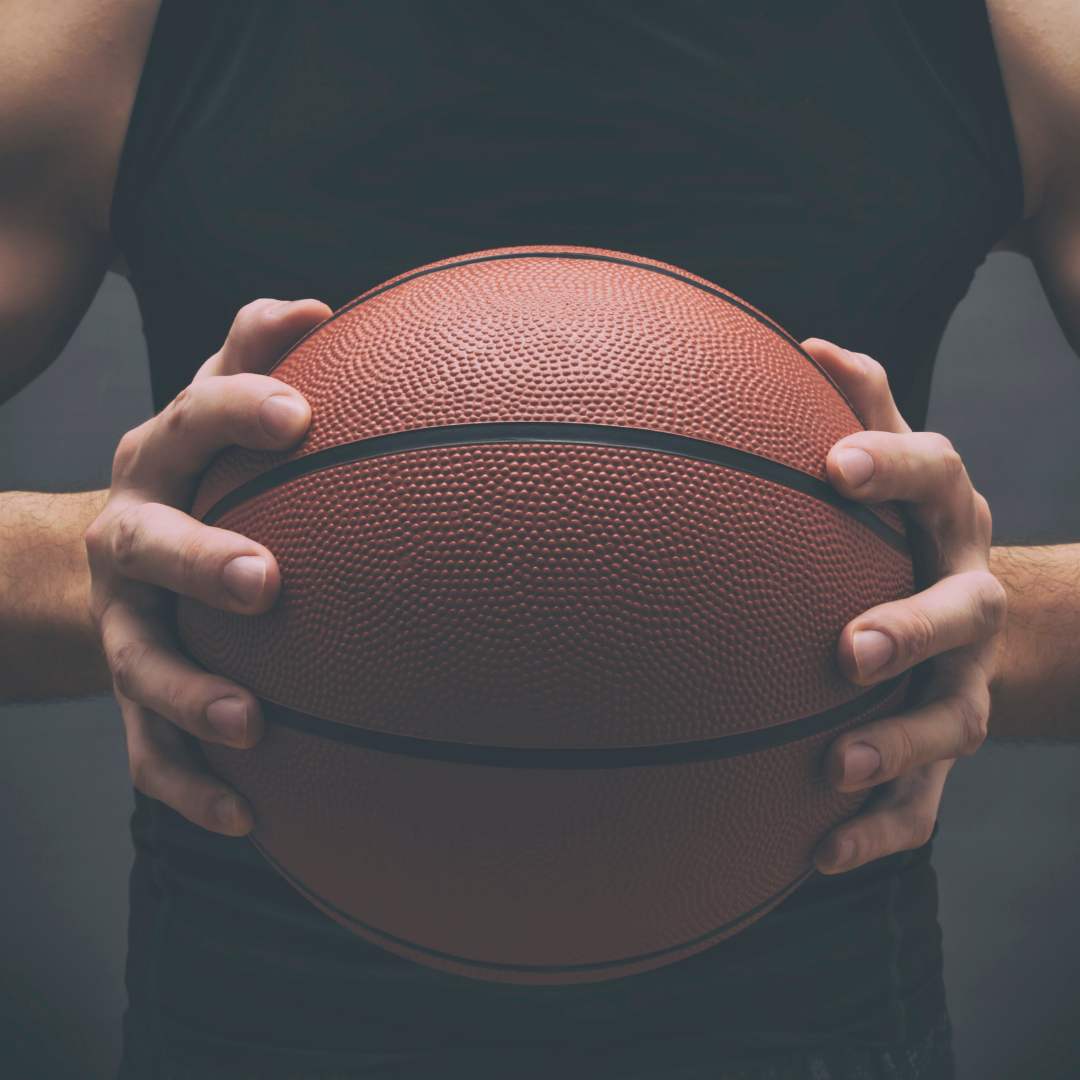Forbes: Neymar’s Broken Foot May Shatter The Hopes Of Paris Saint-Germain And Brazil
March 5, 2018Forbes: Marcus Smart Needs Celtics To Make Deep Playoff Run If He’s Going To Play Again This Season
March 19, 2018
In the wake of Tiger Woods’ second-place finish at the Valspar Championship in Florida, many people in the golfing community are wondering how he was able to return to such a high level of play after his most recent back surgery, last April.
When he announced that he had undergone an anterior lumbar interbody fusion, many thought that his competitive golf career was over. It was his fourth back surgery since March 2014, which involved removing the L5-S1 intervertebral disc and then inserting fusion material to connect the L5 and S1 vertebrae. Although he has apparently recovered quite well from the operation, this surgery is quite rare among professional golfers. Only one other PGA player, Dudley Hart, had had a fusion in the same location as Woods.
So how common are spinal fusions for golfers? How is the surgery performed? What is the normal recovery timeline?
The two most common back surgeries performed for golfers are the lumbar discectomy and lumbar fusions. For the purposes of this post, I will focus on the minimally invasive lumbar fusion since it is most relevant to Woods’ case. Woods’ particular fusion took place where the fifth spinal vertebrae meets the first vertebrae of the sacrum, which is an area where there is almost no rotation. The material inserted between the vertebrae is designed to adhere and harden, preventing more disc fragments or fluid leakage from contacting the nerves in the area. It is the compression or irritation of the nerves that causes severe back and/or leg pain as well as potential numbness and weakness in the legs.
A benefit, particularly as it relates to golfers, of performing the fusion via an anterior approach is that it spares the large muscles of the back that are critical to the golf swing, which potentially makes the recovery for athletes a bit easier.
In order for the bone graft and fusion to solidify, internal and external immobilization is required. Internally, there are metal screws and rods placed to augment the fusion and act as a brace to maximize stiffness in the region. Externally, the athlete would wear a brace for three months after the surgery.
During the first 12 weeks, activity is limited to walking only. At this point, X-rays are obtained to verify that the fusion (bone healing) process is progressing as would be expected. From weeks 12 to 16, a light stretching regimen is recommended, which involves abdominal and low-back muscle stretching. After 24 weeks, the athlete may begin practicing with putting, chipping and short wedge shots, progressively working up to full swings with irons and woods over the ensuing four to six weeks.
By eight months after surgery, golfers can typically be playing full rounds, although often a cart is used instead of walking to help take some stress off the back. Throughout the recovery period after surgery, stretching and core/low-back strengthening is critical.
Although there is very little literature describing the relationship between lumbar fusion recovery and golf, a study on 34 golfers found 77% were able to play the same amount of golf as before fusion surgery, or more. Unfortunately, these were not professional golfers, who need to hit thousands of balls a month to stay competitive and whose swing speeds are way above 100 miles per hour. While the stresses generated on the lower back during the golf swing by average golfers are significant, the forces generated, repeatedly, by Woods’ swings are astronomical.
For me, Woods’ runner-up finishes this past weekend made for one of the most exciting golf tournaments that I have watched over the last few years. My only concern is how long the fusion will hold up to allow Woods to play at the level he was at for years. We can only hope it is a long time, as his being relevant on Sundays is the best thing for the sport.



